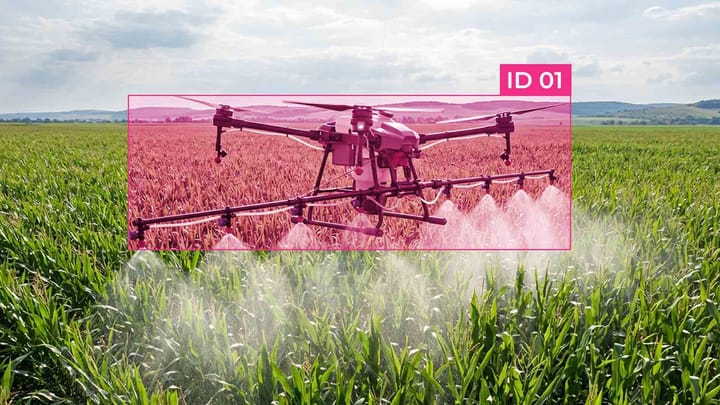GANs to augment training data

Traditional methods, such as image flipping or color adjustment, are not up to the task of complex AI models. Generative adversarial networks offer a new way to enhance data diversity and prepare models for real-world complexity.
High-quality datasets are now driving developments in healthcare diagnostics and autonomous systems. However, creating these collections remains resource-intensive and time-consuming. Advanced methods that directly address these problems help. We will review technical implementations, performance benchmarks, and industry applications.
Key Takeaways
- Quality training materials impact AI model performance.
- Next-generation methods overcome resource constraints.
- Implementation requires balancing technical and practical factors.
- Strategic implementation provides a competitive advantage across industries.
Synthetic GAN Data Augmentation Methods
Machine learning uses two-network architectures, where components compete to improve results.
At the heart of these systems is a generator that creates synthetic images and a discriminator that assesses authenticity. Through repeated calls, both components improve their capabilities. This competition drives improvement, bringing the generated results closer to real-world examples.
Transforming model training with artificial examples
These networks create new variations while preserving the original patterns. This method is effective where real-world examples are rare or sensitive.
This approach has three key advantages:
- Creates balanced training sets for underrepresented categories.
- Generates privacy-compliant content for sensitive domains.
- Creates edge-case scenarios to stress-test the robustness of the model.
This paradigm shift enables safe and comprehensive AI training, improving robustness through data diversity and realistic synthetic images.
Putting GAN-based synthetic data augmentation into practice
Implementing modern pattern replication techniques requires a balance of technical rigor with practical workflow integration. Teams must navigate hardware requirements, architecture choices, and quality assurance processes to achieve consistent results.
Step-by-step integration guide
Start by assessing the infrastructure. High-performance GPUs and distributed computing systems form the backbone of the systems. An exemplary architecture is essential; lightweight networks work for real-time applications, and sophisticated designs handle nuanced pattern generation.
Key implementation steps:
- Prepare a baseline dataset with thorough quality assurance.
- Iteratively test generation parameters.
- Seamless pipeline integration using API endpoints.
Real-world use cases
Financial institutions use these techniques to model fraud patterns. Autonomous vehicle developers generate rare weather scenarios and pedestrian interactions, and teams reach for better obstacle recognition. This approach accelerates AI model readiness and reduces the risk of testing in real-world conditions.
Successful implementations have three things in common:
- Precise alignment between generated content and use case requirements.
- Continuous monitoring of outcome quality metrics.
- Cross-functional collaboration between data engineers and subject matter experts.
Performance Metrics Analysis in GAN Synthetic Data Augmentation
Performance analysis aims to assess how much the generated data improves the effectiveness of machine learning models in solving specific tasks. To this end, key metrics such as accuracy, completeness, F1-measure, and convergence rate of models trained on real and augmented synthetic data are compared.
- Accuracy is the proportion of correct predictions among all predictions.
- Recall is the ability of the model to find all relevant examples in the dataset.
- The F1 measure is the balance between precision and completeness, which is especially important when there is an imbalance of classes.
- Convergence rate is how many epochs or iterations the model needs to achieve consistently high results.
Additionally, the analysis covers the quality of the images or other data types. It uses metrics such as Inception Score or Fréchet Inception Distance to assess the diversity and realism of the synthetic content. An important aspect is to check the consistency of synthetic data with real data to avoid introducing artifacts that can reduce the model's performance in practice. This approach allows you to determine the optimal settings of the GAN, balance the volume of real and synthetic samples, and assess whether generative augmentation is justified in a specific business or scientific scenario.
FAQ
How do generative adversarial networks improve training datasets?
These systems generate realistic synthetic images that expand the data diversity of datasets, allowing models to learn in scenarios not included in the datasets.
What distinguishes GAN-based methods from traditional augmentation?
Unlike rotation or pruning methods, adversarial networks generate entirely new data points with contextual relevance.
How can synthetic information replace real-world data collection?
Artificial examples complement, not replace, authentic datasets. The best option is to combine generated content with human-verified baseline data.
What metrics prove the effectiveness of augmented datasets?
Metrics such as accuracy, completeness, F1-measure, and convergence rate of models trained on real and augmented synthetic data are used.
How difficult is it to implement these systems into production pipelines?
Integration requires the right choice of architecture and validation protocols. Optimization of the convolutional neural network configuration and sampling coefficients ensures that the synthetic output data meets diagnostic-level quality standards without the risk of overtraining.



Comments ()